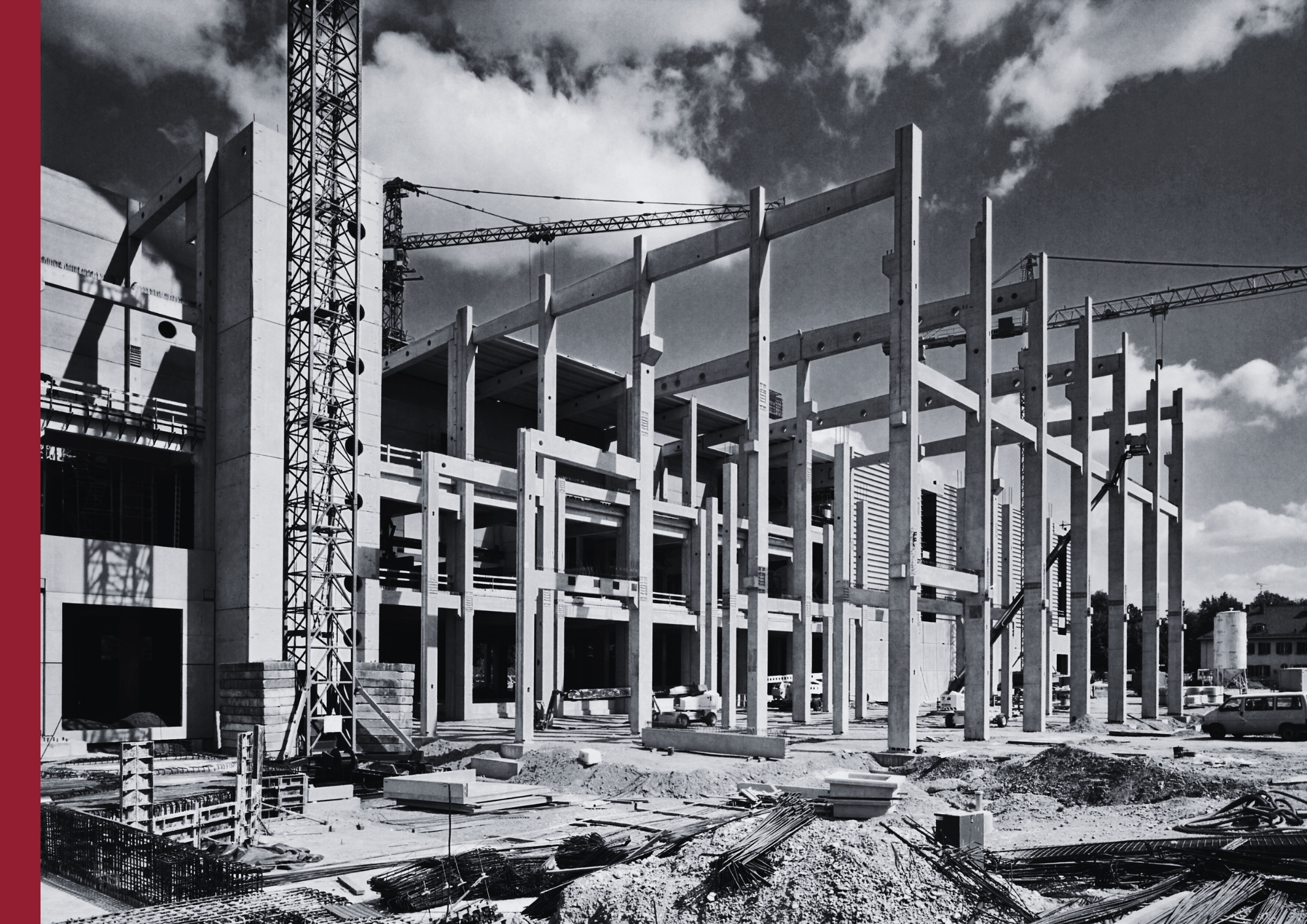Every square metre of an industrial warehouse represents years of effort, investment and business growth. It is the place where everything that brings a business to life is manufactured, stored or managed. However, not all entrepreneurs think about what would happen if an unforeseen event put everything at risk. This is where the importance of having industrial warehouse insurance comes into play.
From a fire to a burglary or an electrical fault, any incident can seriously affect daily operations and generate losses that are difficult to bear.
That is why at Ambler, an insurance brokerage specialising in business insurance with decades of experience working with companies of all sizes, we understand the importance of industrial building insurance. Below, we discuss in detail what this type of insurance covers, what factors influence its price, and why it is an essential investment for any business.
What does industrial building insurance cover?
Industrial building insurance is designed to protect both the building and the goods it contains against a wide variety of risks. Coverage can be tailored to the activity and type of facility, but the most common types include the following:
Property damage
Protects the structure and facilities of the building against damage caused by fire, explosions, weather events (such as storms or hail), vandalism and other unexpected incidents. It is one of the most important types of protection, as it repairs or compensates for physical damage to the property.
Robbery and theft
Covers the theft of equipment, tools, materials or goods stored inside the warehouse. Some policies also include damage caused during attempted theft, such as broken doors or locks.
Water damage or leaks
Protects against loss or damage caused by leaks, burst pipes, water leaks from air conditioning systems, or damage resulting from accidental flooding within the premises.
Electrical damage
A short circuit or power surge can damage machinery, electrical panels or computer systems. This guarantees the repair or replacement of affected equipment.
Total or partial fire in the warehouse
In addition to structural damage, a fire can cause the total loss of goods and bring production to a standstill. This type of cover compensates for losses and, in many cases, includes firefighting, demolition and debris removal costs.
Civil liability
It covers personal injury or property damage that third parties may suffer as a result of an accident occurring on the premises, such as a fire or a landslide. It is essential for protecting the company against legal claims and possible compensation payments.
Coverage for industrial machinery and equipment
Machinery represents one of the largest investments within a warehouse. This warranty covers its repair or replacement in the event of an accident, mechanical failure, or electrical damage.
Loss of profits due to business interruption
When a serious accident occurs, the company may be forced to halt production, so this coverage compensates for the loss of income during the time it takes to repair or rebuild the building.
Factors influencing the price of insurance
The cost of industrial building insurance depends on multiple variables. Understanding these variables helps to explain why premiums can vary so much between companies and sectors.
Size and location of the warehouse
The size of the property and its location directly influence the cost of insurance. A warehouse in an established industrial area with good access to emergency services usually has a lower premium than one located in isolated areas or areas at risk of flooding.
Age and building materials
Older buildings or those constructed with less resistant materials may require a higher premium due to increased structural or electrical risk. Conversely, modern buildings with up-to-date safety systems obtain better conditions.
Type of activity
The use of the building determines its level of risk exposure. A facility used for chemical storage or heavy machinery will have a higher premium than one used for logistics or distribution.
Fire safety and prevention systems
Having alarms, fire extinguishers, automatic sprinklers or 24-hour surveillance can significantly reduce your insurance premium, as it minimises the likelihood of a serious incident.
Value of stored goods
The insured capital must reflect the actual value of the machinery, tools and goods contained therein. The higher this value, the higher the cost of the insurance.
Level of cover taken out
Basic policies cover essential risks, but additional coverage (such as loss of profits or electrical damage) increases the price. However, they offer much more comprehensive protection tailored to the reality of each business.
Who pays for insurance on a leased vessel?
When an industrial building is rented, insurance liability may vary depending on the contract.
Normally, the owner is responsible for insuring the structure of the building and fixed elements (walls, roofs, electrical installations, or air conditioning systems). For their part, tenants usually take out insurance for the contents, i.e., machinery, goods, and equipment, as well as their own civil liability for damage to third parties.
It is common for the lease agreement to specify the tenant’s obligation to maintain industrial building insurance in force throughout the duration of the lease. In any case, it is advisable for both parties to review the coverage together to avoid duplication or gaps in protection.
How much does insurance for a warehouse cost?
The cost of industrial building insurance varies widely depending on the characteristics of the property, the type of activity, the location and the coverage taken out.
In general terms, prices can range from €250 to €5,000 per year, although large warehouses or those with high-value machinery may exceed these figures.
To obtain a realistic estimate, it is essential to carry out a detailed analysis of the risks and needs of the business. At Ambler, we offer personalised advice for each client, with the aim of adjusting the cost of insurance to the reality of your company without sacrificing comprehensive protection.
What happens if my industrial building suffers damage due to natural causes such as flooding or lightning?
Damage caused by natural phenomena may be covered by the policy or, in more serious cases, by the Insurance Compensation Consortium, a public body that covers claims resulting from natural disasters or extraordinary events.
If your industrial building insurance includes coverage for storms, hail or wind, the insurer will be responsible for repairing the damage. However, if the incident is considered catastrophic (for example, widespread flooding or an earthquake), the Consortium will compensate the owner.
The most important thing is to keep your policy up to date and your payments current, as the Consortium only covers insurance claims that are in force.
Is it compulsory to insure industrial premises by law in Spain?
Although there is no general legal obligation to take out insurance for industrial buildings, there are situations in which it may be required:
- Under the rental agreement, when the landlord requires the tenant to insure the contents or civil liability.
- By municipal or regional regulations, in certain high-risk activities (chemicals, fuels, etc.).
- On the part of financial institutions, if the vessel is mortgaged or its acquisition is financed.
Do not leave your ship unprotected.
Protecting an industrial building means protecting the heart of your business. Every day that passes without coverage increases the risk of financial losses that could jeopardise years of work.
Well-configured industrial building insurance ensures that, in the event of any unforeseen circumstances, your company can recover quickly and continue its activity without interruption. At Ambler, as an insurance broker specialising in business insurance, we offer solutions tailored to the needs of each client, with professional advice and constant support. If you would like to find out which type of policy best suits your business or request a personalised quote, please contact our consultants. We will help you protect your industrial assets with the coverage you really need.





